
“Paper’s value changes completely depending on how you use it in a project”
In a graphic designer’s creative process, one of the factors that comes into play is the material that you use to represent the values behind a specific project. Wladimir Marnich is a designer who works mainly with paper, besides being the brains behind the most important Guarro Casas projects, and who uses the company’s materials […]
Read more →
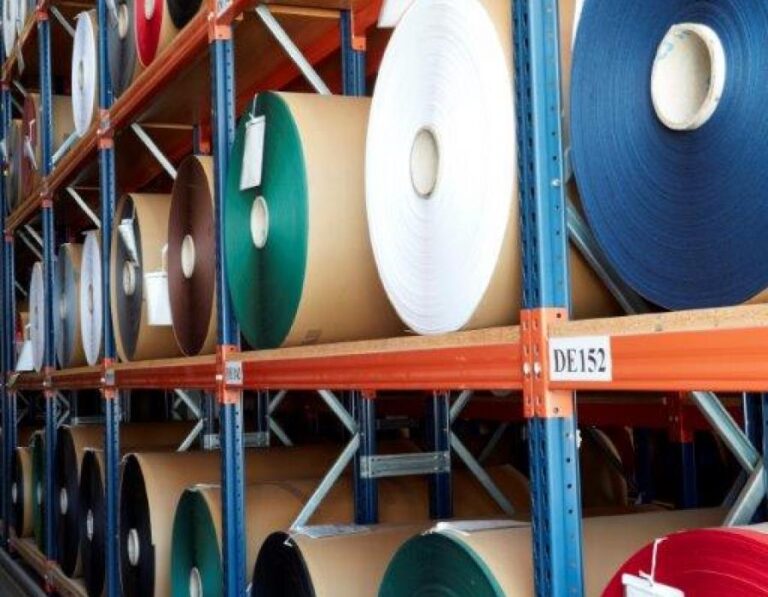
Useful conversions and calculations when purchasing paper
There are many manufacturers and distributors in the paper industry, so we may encounter differences in the way that each one of them presents prices and sizes. This difference also occurs depending on the market for which the material is intended. If the paper is for the graphic sector, it is normally sold by the […]
Read more →

Paper needs to be given a new lease of life
Paper is the star of myriad publishing and packaging projects and copywriters have certain mechanical and aesthetic needs that the producers of this material must be aware of in order to adapt to the existing absolute customisation trends. Therefore, working shoulder to shoulder with designers is indispensable. Otzarreta Think & Make is a creative agency […]
Read more →
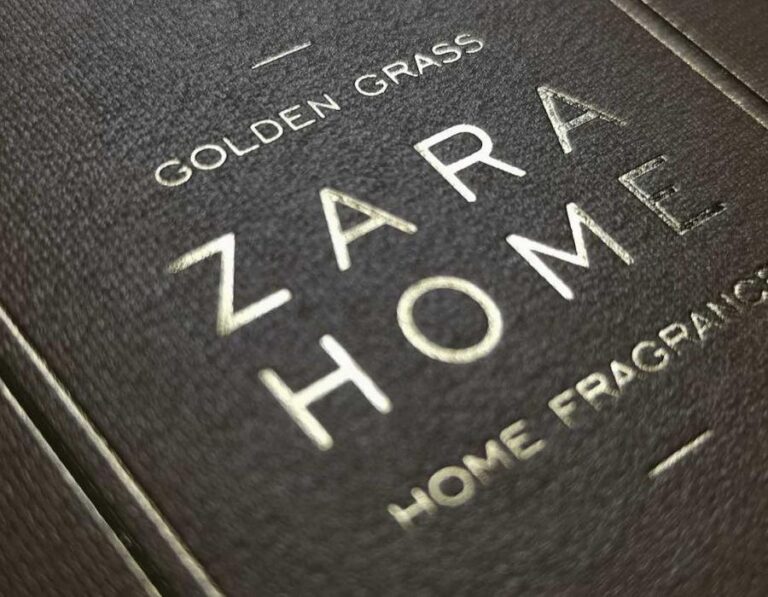
Paper for packaging: what characteristics should it have?
Deluxe packaging is a sector characterised by highly specific physical and mechanical requirements, meaning that the perfect combination of design and functionality is of the essence. Moreover, there are two clearly distinct markets: flexible packaging, with more ephemeral needs, mainly for perfumery and cosmetics; and rigid packaging, used for more longer-term product storage (such as […]
Read more →
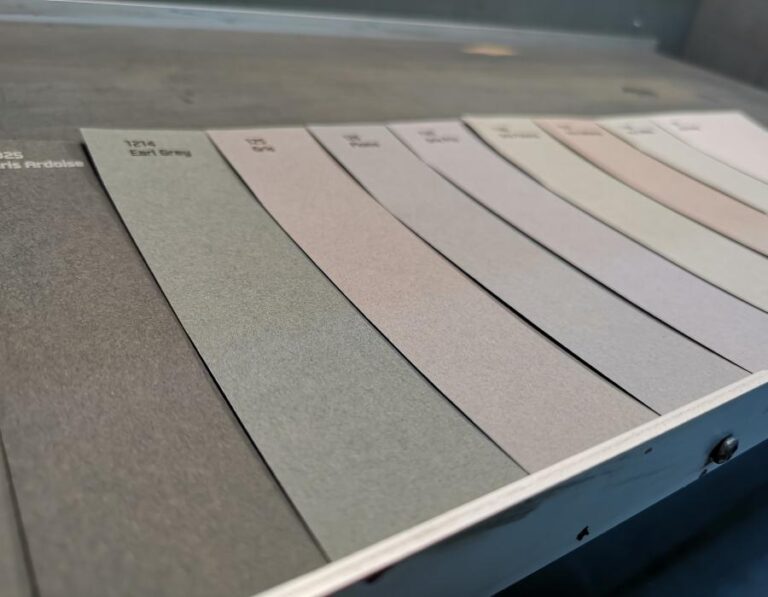
Colour formation and factors involved in its visual perception
One of the visual factors par excellence that entice us to choose a certain container or publishing product is its colour: some hues convey warmth, others are more impactful due to their intensity, we like certain colours more or less depending on our visual education, etc. For this reason, when we plan a project, it […]
Read more →

Digital printing: personalisation and high project resolution
As we saw in the previous post about offset, there is a second technique related to this type of paper processing: digital printing, which can be applied in two formats, by means of liquid ink (HP Indigo) or dry toner (generally supplied by Ricoh, Kodak, Xerox or Konica Minolta). Compared to offset, it permits short […]
Read more →
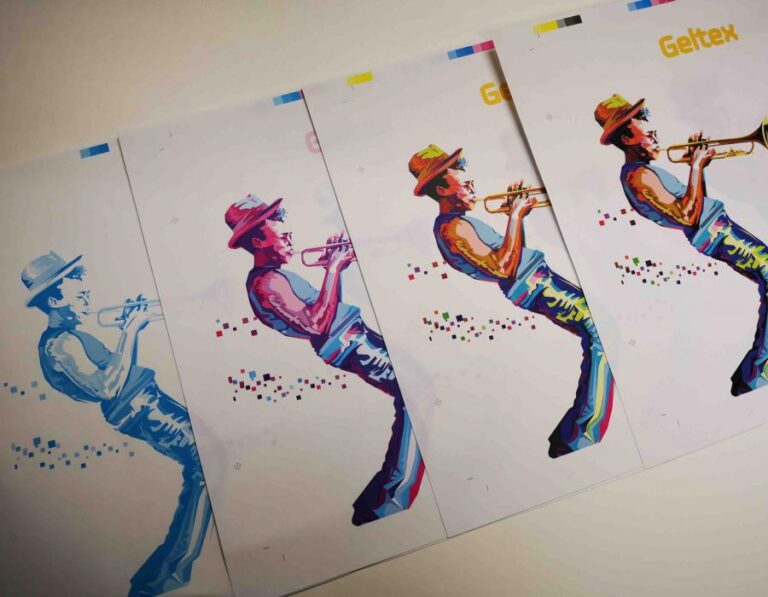
Offset printing: working in CMYK for long print-runs
Printing is the most widespread processing technique, since it is very common in all kinds of papers. However, if we want to achieve a proper and highly-detailed finish using premium materials it is essential to take certain process details into account. First of all, it is important to point out that not all types of […]
Read more →
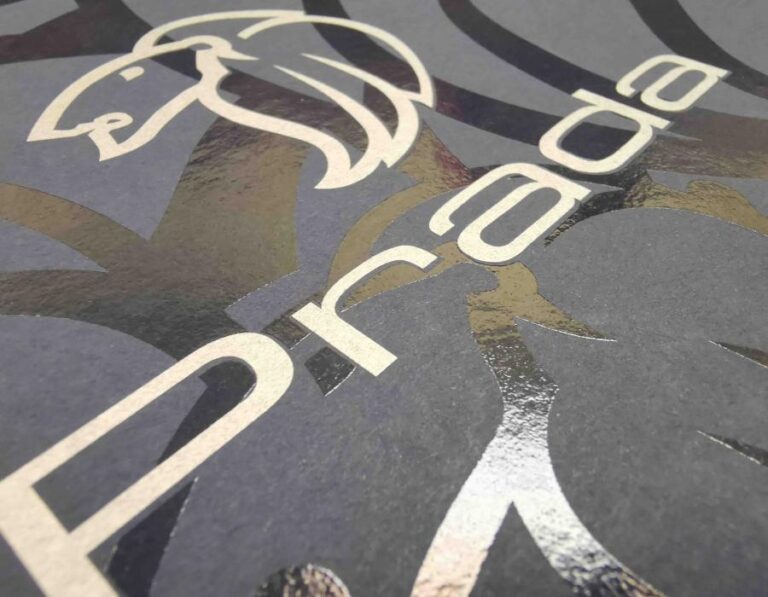
Screen-printing: the essentials of mass production
In the previous post we talked about hot-stamping as one of the most common techniques in paper processing. Another one of the most commonly-used methods for personalising publishing and packaging projects is screen-printing. As in the case addressed above, it is important to know first of all what this operation consists of in order to […]
Read more →

Hot-stamping: seven variables to be taken into account to obtain a premium result
Just as there are numerous paper varieties with different grammages and textures, paper can be processed in many highly diverse ways. One of the most widespread techniques is hot-stamping, a method used to transfer film to a printable substrate by means of heat. These substrates can be paper, cardboard or textile, among others. To obtain […]
Read more →
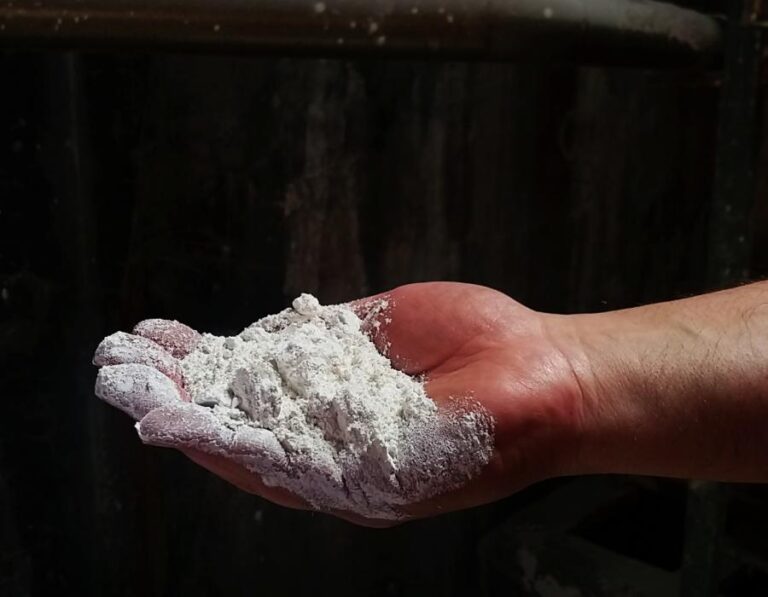
What are fillers and how do they affect paper handling?
When you look at a paper, the first basic and most evident component that you notice is the cellulose, which may take the form of long or short fibres. However, these threads, viewed under a microscope, may contain other elements that are also part of the composition, although they are invariably unknown: these are fillers. […]
Read more →
